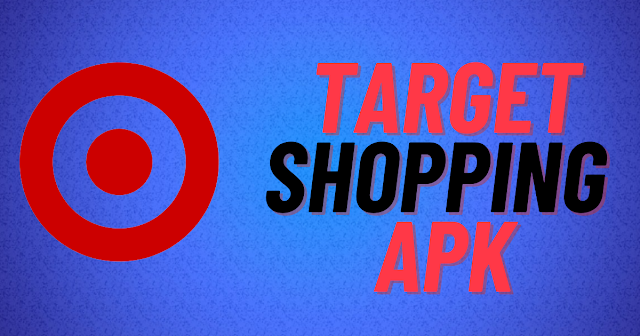Historical Development Target App:
Contrary to the given narrative, Target did not start as an online bookstore. Founded in 1902 by George Dayton as Dayton's Dry Goods Company in Minneapolis, it was renamed Target in 1962, marking its debut as a discount retailer.
While it firmly established its
presence as a brick-and-mortar chain, the onset of the digital age saw Target
transition into e-commerce, ensuring its competitive edge.
Platform Architecture:
Modernizing its digital infrastructure, Target leverages a hybrid cloud architecture. This supports the scalability demands of its expanding online marketplace.
Its comprehensive data
management system handles inventory, sales, and consumer analytics. Over the
years, Target has invested heavily in technological revamps, integrating
advanced analytics and AI to streamline operations and improve user
experiences.
Business Model Target App:
Primarily, Target generates revenue through sales from its physical and online stores. Unlike platforms like Amazon, Target’s e-commerce predominantly revolves around its own inventory, although it's exploring collaborations with third-party sellers.
Additionally, Target capitalizes on in-store and online advertising spaces,
leveraging its massive customer base for brand partnerships and promotions.
User Experience (UX) & Interface (UI):
Target’s digital interfaces, including its website and mobile app, embody simplicity and user-friendliness.
 |
| Target App For Android |
Features like 'Drive Up' (curbside pickup) and 'Same Day Delivery' enhance user convenience.
The UI is aesthetically engaging, employing clean designs,
intuitive navigation, and interactive elements ensuring users can efficiently
browse, select, and purchase.
Algorithm & Personalization:
Harnessing machine learning and AI, Target offers personalized shopping experiences. From analyzing browsing patterns to past purchases, algorithms suggest tailored product recommendations.
This AI-driven approach extends to advertising, where Target
delivers curated ads to individual users based on preferences and shopping
habits.
Supply Chain & Logistics:
Target's robust supply chain infrastructure is pivotal to its success. Its vast network of distribution and fulfillment centers, equipped with technology-driven inventory systems, ensures efficient product movement.
Innovations, such as its sortation centers (designed to speed up last-mile delivery), highlight Target’s commitment to logistical excellence.
The company also emphasizes sustainable supply chain
practices, from sourcing to delivery.
Challenges & Criticisms:
Over the years, Target has faced challenges from data breaches to competition with e-commerce giants like Amazon, Walmart, and eBay. Regulatory concerns, especially as it navigates the e-commerce domain, have also arisen.
Criticisms regarding employee wages and working
conditions have occasionally made headlines, prompting the company to reassess
and elevate its practices.
Target's Global Footprint:
While Target is a dominant shopping app in the USA, its international ventures, like the expansion into Canada, faced challenges leading to retreat.
However, its global sourcing operations reflect
a vast international presence, and Target's brand collaborations often feature
global designers, reflecting a wider, international vision.
Future Prospects Target App For Android:
Technological advancements will undeniably shape Target's trajectory. Augmented Reality (AR) might soon redefine its online shopping experience, allowing virtual product visualizations.
Additionally, blockchain could amplify its supply chain
transparency, ensuring greater accountability. With the 5G revolution, Target's
in-store digital integrations and online marketplace are bound to witness
enhanced efficiency and user engagement.










.png)
